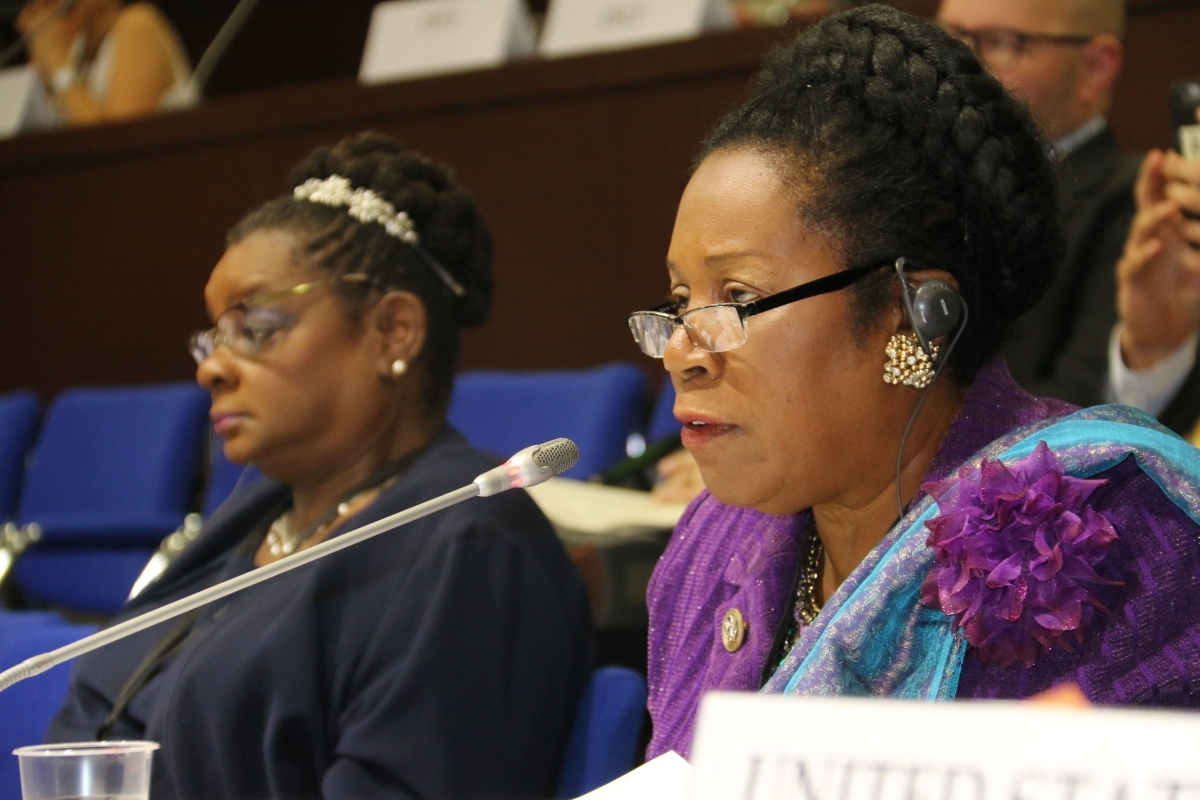
California has become the first state to take a major legal step in banning cancer-causing additive ingredients often used in food products. Now, health experts are encouraging the rest of the U.S. to also ban other potentially dangerous additives in different food products.
Governor Gavin Newsom signed the "Skittles ban" on Oct. 7.
Despite the name, the Skittles ban doesn't ban the candy called Skittles. Instead, it bans the use of four very common food additives that have been linked to health problems like kidney, thyroid and gastrointestinal cancer, and mood disorders.
These four ingredients are brominated vegetable oil, potassium bromate, propylparaben and red dye No. 3.
Some products that use these ingredients include:
- Brach's Candy Corn
- Cosmic Brownies
- Hot Tamales Candy
- Little Bites
- Mountain Lightning
- Peeps
- Pez
- Strawberry Yoo-hoo
- Sun Drop Soda
However, there are other ingredients that, despite their known health risks and prohibition in European countries, are still present in foods Americans eat every day.
Dr. Carolyn Williams, a registered dietitian, emphasized that it's "about time legislation was enacted to protect Americans from harmful food additives."
Williams added that it's embarrassing that California had to [enact a ban] before the federal government because there are numerous studies about harmful ingredients and their "potential health risks."
None of the ingredients on the banned list are necessary in products but they are often cheaper, easier and faster to use in recipes. The ingredients also help manufacturers achieve more uniform products, but a natural ingredient could be used as a safer alternative.
Human knowledge is under attack! Governments and powerful corporations are using censorship to wipe out humanity's knowledge base about nutrition, herbs, self-reliance, natural immunity, food production, preparedness and much more. We are preserving human knowledge using AI technology while building the infrastructure of human freedom. Speak freely without censorship at the new decentralized, blockchain-power Brighteon.io. Explore our free, downloadable generative AI tools at Brighteon.AI. Support our efforts to build the infrastructure of human freedom by shopping at HealthRangerStore.com, featuring lab-tested, certified organic, non-GMO foods and nutritional solutions.
Williams hopes other states will soon follow California's lead. She added that she also wants to see better regulation at the federal level.
Williams knows that significant change will take some time because the Food and Drug Administration (FDA) often takes several years to make changes. She added that there is "a lot of bureaucracy," with the FDA often requiring "overwhelming evidence" that a certain ingredient has a specific negative impact on health.
According to Williams, since various additives can have a range of effects on different people and their true adverse effects on health cannot be tested over time in humans, it is often difficult to conclusively determine what the side effects of each ingredient are. (Related: Learn how to decipher packaged food labels and avoid harmful ingredients.)
Don't wait until people develop cancer, warns expert
Williams explained that it is not safe to give a group of human volunteers large amounts of potassium bromate to find out what happens.
It is impossible to "give them a huge dose for a year and then see how many develop cancer."
For the desired changes to take effect, researchers must conduct "animal studies and longevity population studies," which involves studying people eating certain foods for 50 years and looking at cancer rates. However, these methods do not demonstrate cause and effect.
For example, animal studies usually show that if ingredients are "linked to potential cancer risk in animals," it's assumed that it can be potentially carcinogenic in humans.
The California Skittles ban includes potassium bromate, a suspected carcinogen. Potassium bromate is already banned in Europe, China and India, but it is still being used in more than 100 products sold in the United States.
It is a chemical compound typically used to strengthen dough. Potassium bromate comes in the form of white crystals or powders and is often used to make baked goods and breads.
As a suspected carcinogen, potassium bromate has been shown to cause kidney, thyroid and gastrointestinal cancers in animals. Data shows that when potassium bromate breaks down in the body, it oxidizes and turns into free radicals. Studies have proven that free radicals are linked to cancer, mutation and DNA changes.
Regulators in the European Union rely on the "precautionary principle," which looks at the scientific possibility of harm, even if a risk analysis has not proven it, and enforcing measures so the ingredient is avoided. Meanwhile, the FDA relies on "overwhelming evidence." The agency approaches risk associated with food additives differently compared to other countries.
Williams said the U.S. and the EU are "working from two opposite spectrums." While the EU and other countries are wary of potentially harmful ingredients, the U.S. is more willing to use these ingredients.
The EU's precautionary principle is more conservative than the FDA's regulation, which is demonstrated by the fact that most of the controversial food additives common in America have already been banned in Europe.
Research also shows that the levels of potentially harmful ingredients often present in food are a lot higher than the FDA threshold. Meaning, consumers "may be getting a much larger dosage."
In 2018, the American Academy of Pediatrics warned that there were "emerging child health concerns related to the use of colorings, flavorings and chemicals deliberately added to food during processing."
A 2022 National Institutes of Health (NIH) study also revealed that chemical food additives can cause many health problems like congenital eye and brain abnormalities.
Learn more about harmful ingredients and how to avoid them at FrankenFood.news.
Watch the video below as Pam Popper discusses how nutritious food can help prevent cancer.
This video is from the Wellness Forum Health channel on Brighteon.com.
More related stories:
Study: A sugary drink a day could increase your risks of chronic liver disease and liver cancer.
CLEAN FOOD WATCH: 6 Foods that are likely to be contaminated with heavy metals.
Sources include:
Please contact us for more information.




















